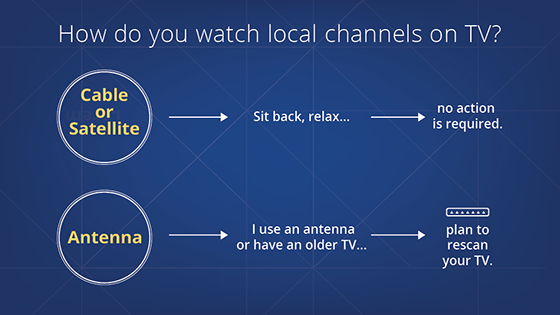Apollo Group Tv Fundamentals Explained
Apollo Group Tv Fundamentals Explained
Blog Article
The 10-Second Trick For Apollo Group Tv
Table of ContentsThe Single Strategy To Use For Apollo Group TvThe Basic Principles Of Apollo Group Tv Some Known Factual Statements About Apollo Group Tv Top Guidelines Of Apollo Group Tv
In this situation, instead of having three-minute business spots during a 30-minute tv program, television programming may transform to one where a customer will be required to have a monthly membership, to make sure that they cen view targeted banner ads. This kind of advertising and marketing already happens online, and the quantity of information tv firms accumulate allows them to do similar.Explain the major trends amongst the broadcasting and wire networks. Popular radio shows such as authorities dramatization Dragnet and western cowboy series Gunsmoke were adjusted for tv, and brand-new TV programs were sponsored by single advertisers, simply as radio programs had been.
Today, the tv market is even more complicated. Programs are sponsored by several marketers; programming is regulated by significant media corporations; and the three major networks no much longer dominate the airwaves yet rather share their audiences with numerous cable networks. Several variables account for these patterns within the industry, including technological advancements, government laws, and the production of new networks.

Facts About Apollo Group Tv Uncovered
Even public tv has actually become subject to the impact of advertising and marketing. Developed in 1969, (PBS) established out of a record by the Carnegie Payment on Educational Television, which analyzed the role of instructional, noncommercial television on society. The report suggested that the government finance public tv in order to offer diversity of programming throughout the network eraa service produced "not to offer products" but to "enhance citizenship and civil service (McCauley, 2003)." Public television was also intended to offer global accessibility to tv for customers in backwoods or audiences that could not manage to pay for private television services.
The period between 1950 and 1970 is traditionally acknowledged as the. In addition to a small section of airtime managed by public television, the three major networks (called the Big 3) dominated the tv industry, jointly representing more than 95 percent of prime-time watching. In 1986, Rupert Murdoch, the head of multinational company Information Corp, introduced the Fox network, challenging the dominance of the Big Three.
Targeting young and minority target markets with shows such as Buffy the Vampire Killer, Moesha, Dawson's Creek, and The Wayans Bros., the brand-new networks wished to attract stations far from their old network associations. Rather than repeating the success of Fox, UPN and WB struggled to make an impact. Unable to bring in several associate terminals, both new networks reached fewer families than their bigger rivals because they were impossible in some smaller cities.
This decision led the way for the development of cable television movie channels, adding to the rapid growth of cable television in the 1980s and 1990s. apollo group tv app. Further deregulation of cord in the 1984 Wire Communications Policy Act removed limitations on cable television rates, allowing drivers to bill what they wanted for wire solutions as long as there worked competition to the service (a standard that over 90 percent of all cable television markets could fulfill)
See This Report on Apollo Group Tv

Having actually created the initial "superstation," Turner expanded his world by establishing 24-hour information network CNN in 1980. At the end of the year, 28 national shows solutions were offered, and the cable click this site change had actually started. Over the next years, the industry went through a period of fast growth and appeal, and by 1994 audiences could pick from 94 basic and 20 costs cord services.
Number 9 - https://telegra.ph/Apollo-Group-TV-Your-Ultimate-Streaming-Solution-10-14.16 Boosted competition from cable networks has caused a constant decline in the networks' target market rankings. Throughout the 1950s, the expense of generating a single television show raised as shows ended up being much longer and manufacturing prices soared. Sponsorship on network tv changed from single sponsorship, in which a program was completely sustained and produced by one marketer, to multiple sponsorship, in which advertisers acquired 1- or 2-minute areas on the show
Each action should be a minimum of one paragraph. Select one of the Big 4 networks and print out its regular programs routine. See the network's prime-time programs over the course of a week, noting the target market for every show. Observe the advertising and marketing enrollers that sustain each program and compare just how the services and products fit with the desired audience.
The Facts About Apollo Group Tv Uncovered

Direct television, usually described as traditional program television, includes cable television and satellite television. It's called "linear" since material complies with a predetermined programming routine, unlike on-demand material which the individual viewer determines to see based upon their very own preferences and schedule. So, when you ask, "What is linear TV?", think about it as the classic means of watching television that has actually been around for decades.
Report this page